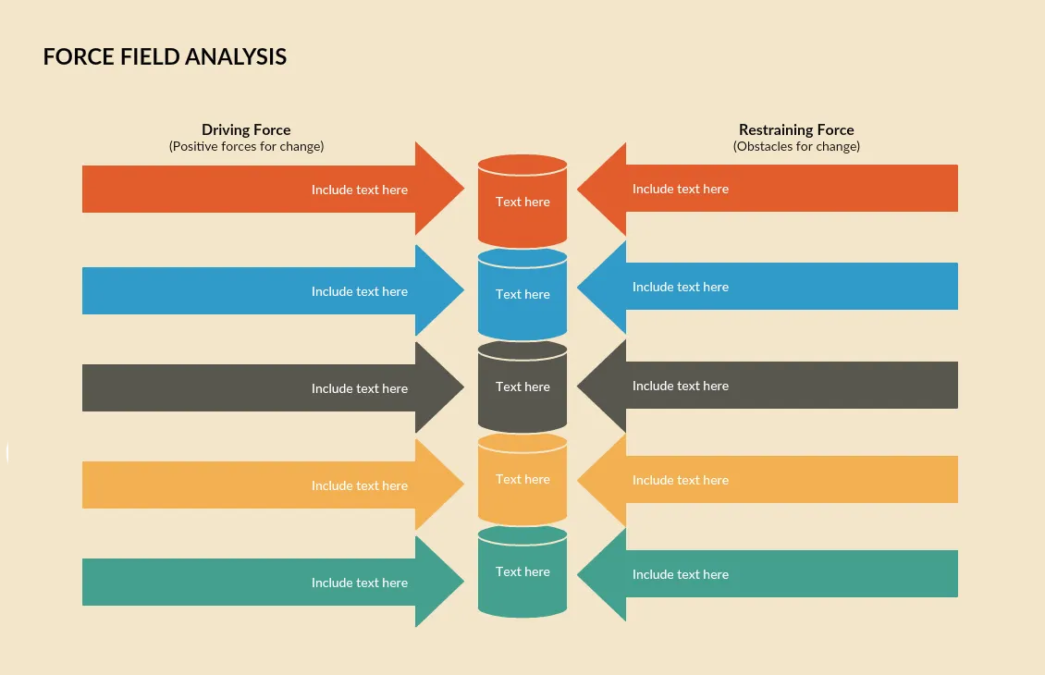Change is inevitable. Whether it’s adopting new software, restructuring teams, or updating company policies, managing change effectively can make or break an organization. But let’s face it, change is hard. Have you ever wondered how some companies smoothly navigate transitions while others struggle to adapt? The answer often lies in the tools they use. In this article, we’ll explore change management tools, why they’re essential, and which ones could work best for your team.
What Are Change Management Tools?
Change management tools are resources, software, and techniques that help organizations plan, implement, and sustain changes. These tools aim to minimize disruption and ensure a smooth transition. They’re like your GPS for navigating change—guiding your team from point A to point B without unnecessary detours.
From communication platforms to project management software, these tools come in various shapes and sizes. They help businesses:
- Streamline communication
- Track progress
- Identify and mitigate risks
- Ensure employee buy-in
In short, they’re the secret sauce to making change feel less overwhelming.
Why You Need Change Management Tools
1. Keeping Everyone on the Same Page
One of the biggest hurdles in change management is miscommunication. Have you ever been part of a project where no one seemed to know what was happening? That’s where these tools come in handy. They centralize communication, ensuring everyone gets the same message.
For example, tools like Slack or Microsoft Teams allow real-time updates and discussions. With everyone connected, there’s less room for confusion.
2. Tracking Progress
Change is a journey, not a destination. Along the way, it’s crucial to measure progress. Change management tools like Trello or Asana help you set milestones, assign tasks, and monitor their completion. You’ll always know where you stand and what needs attention.
3. Reducing Resistance
Resistance to change is natural, but it doesn’t have to derail your efforts. change management tools Tools like Prosci ADKAR—a framework focusing on individual change—help identify where resistance might arise. By addressing concerns early, you can foster a culture of collaboration instead of confrontation.

Must-Have Features in Change Management Tools
When choosing a change management tool, look for these features:
1. User-Friendly Interface
Your team won’t use a tool that feels like rocket science. A simple, intuitive design ensures that everyone can jump in without extensive training.
2. Customization Options
Every organization is unique. A tool that lets you tailor workflows, reports, and dashboards to your specific needs will provide more value.
3. Collaboration Capabilities
Change is a team effort. Tools that enable file sharing, group chats, and project updates in real-time keep everyone aligned.
4. Analytics and Reporting
Data drives decisions. Look for tools that provide insights into what’s working and what’s not, so you can adjust your strategy as needed.
5. Integration with Existing Systems
Your change management tool should work seamlessly with the software you’re already using. This reduces disruptions and boosts adoption.
Top Change Management Tools to Consider
1. Trello
Trello’s visual boards make it easy to track tasks and progress. Whether you’re managing a small team or a large organization, its flexibility ensures it fits your needs.
2. Asana
Asana helps teams organize work, set priorities, and meet deadlines. Its clear layout makes it perfect for complex projects with multiple moving parts.
3. ChangeGear
Specifically designed for IT change management, ChangeGear offers advanced reporting and automation features. It’s ideal for tech-focused organizations.
4. Prosci ADKAR
This framework emphasizes individual change and helps identify where support is needed. It’s great for addressing resistance and fostering engagement.
5. Monday.com
Monday.com provides a highly customizable platform that adapts to various workflows. Its robust analytics tools give you deep insights into your team’s performance.
Tips for Successfully Implementing Change Management Tools
1. Involve Your Team Early
People are more likely to embrace a tool if they feel involved in its selection. Gather feedback from your team to understand their needs and preferences.
2. Provide Training
Even the best tool is useless if no one knows how to use it. Invest time in training sessions to ensure everyone is comfortable with the new system.
3. Start Small
It’s tempting to roll out the tool organization-wide immediately, but starting with a pilot program allows you to work out any kinks.
4. Monitor and Adjust
No plan is perfect. Regularly review the tool’s effectiveness and make adjustments as needed.
The Human Element: Why Tools Alone Aren’t Enough
While tools are essential, they’re only part of the equation. Successful change management also requires strong leadership, clear communication, and a focus on people. Tools can guide the process, but it’s up to leaders to inspire and motivate their teams.
For instance, no software can replace the impact of a heartfelt conversation or a leader who listens. Combining human touch with the right tools creates a winning strategy.

Wrapping It Up: Are You Ready to Embrace Change?
Change doesn’t have to be scary. With the right tools, you can turn challenges into opportunities and chaos into clarity. Remember, the key is to choose tools that align with your team’s needs and complement your organization’s goals.
So, are you ready to take the leap? Start small, stay consistent, and watch your team thrive. Change isn’t just about surviving—it’s about growing. And with the right tools, growth is inevitable.
About The Author
You may also like
-
Target Credit Card Login for Men: A Complete Guide
-
Exploring the Macon Telegraph: A Pillar of Journalism in Georgia
-
Exploring alan tudyk left eye Left Eye: The Actor’s Unique Trait
-
Exploring the Delicious World of Geek Bar Flavors
-
Exploring the New Balance 9060: The Perfect Blend of Comfort and Style

